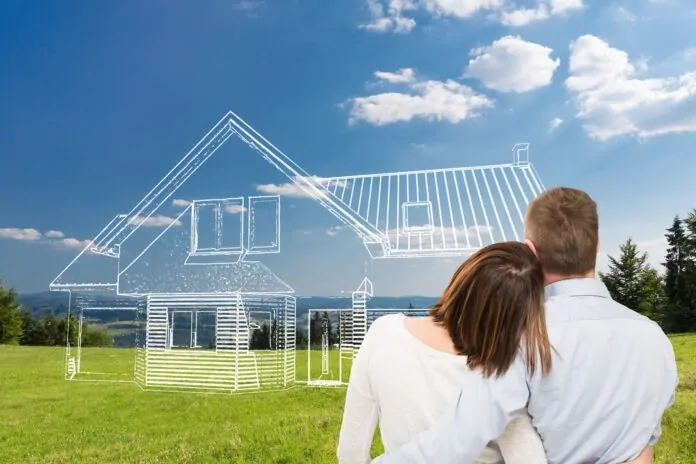Your home is a reflection of your style and a sanctuary where you can truly be yourself. Designing your perfect home is an exciting journey that allows you to create a space that not only meets your functional needs but also captures your unique vision and inspires a sense of joy and belonging. Whether you’re starting from scratch or looking to renovate, here are some steps to help you turn your dreams into reality and design your perfect home.
Table of Contents
Define your vision
Begin by envisioning what your ideal home looks and feels like. Consider your lifestyle, preferences, and aspirations. Visualize the overall style, layout, and ambiance you desire. Take inspiration from interior design magazines, online platforms, and real-life spaces that resonate with you. Create a vision board or gather a collection of images that represent your dream home. This will serve as a guide throughout the design process.
Determine your needs
Assess your functional requirements and prioritize the features that are essential to you. Consider the number of bedrooms and bathrooms, the size of the living spaces, the presence of specific rooms (such as a home office, a gym, or a playroom), and any specific needs based on your family structure or hobbies. Understanding your needs will help you create a home that is both practical and functional.
Set a realistic budget
Establish a budget for your home design project. Consider the costs associated with construction or renovation, furnishings, materials, and any professional assistance you may require. Be realistic about your financial situation and allocate your resources accordingly. Remember, your budget will influence your choices and guide the design decisions you make.
Seek professional guidance
If you’re unsure about design concepts, construction, or navigating the complexities of the project, consider seeking professional guidance. Architects, interior designers, and contractors have the expertise to help you translate your vision into a tangible plan. They can offer valuable insights, suggest innovative solutions, and ensure that your project is executed smoothly.
Consider functionality and flow
Good design goes beyond aesthetics; it considers functionality and flow. Think about how you and your family will move through the space and how each area will be used. Ensure that rooms are laid out to maximize efficiency and convenience. Pay attention to factors such as natural light, storage solutions, and the integration of technology. Designing with functionality in mind will enhance your daily living experience.
Embrace your style
Your home should reflect your style and taste. Explore different design styles, such as modern, minimalist, traditional, or eclectic, and identify the elements that resonate with you. Consider color palettes, materials, textures, and patterns that align with your vision. Infuse your space with personal touches, artwork, and sentimental items that evoke positive emotions and tell your story.
Create a harmonious atmosphere
A well-designed home should create a harmonious atmosphere that promotes well-being and relaxation. Consider the use of natural light, appropriate lighting fixtures, and a color scheme that promotes tranquility. Incorporate elements of nature, such as indoor plants or natural materials, to establish a connection with the outdoors. A harmonious atmosphere will contribute to a sense of peace and serenity in your home.
Prioritize comfort and coziness
Your home should be a place of comfort and coziness. Invest in comfortable seating, quality bedding, and soft furnishings that invite relaxation and encourage connection. Consider creating cozy nooks, such as reading corners or window seats, where you can retreat and unwind. The more comfortable and inviting your home is, the more enjoyable your daily life will be.
Focus on sustainability
Designing your perfect home goes beyond aesthetics and functionality; it should also consider sustainability. Incorporate eco-friendly materials, energy-efficient appliances, and sustainable design practices. Use natural and non-toxic materials whenever possible and consider the environmental impact of your choices. A sustainable home not only reduces your ecological footprint but also promotes a healthier and more responsible lifestyle.
Embrace the journey
Designing your perfect home is a journey filled with excitement and discovery. Embrace the process and enjoy each step along the way. Be open to new ideas, adapt to unexpected challenges, and make decisions that align with your vision and values. Remember that the journey itself is an integral part of creating a home that reflects your unique style and brings you joy.
In conclusion, designing your perfect home is an opportunity to bring your dreams to reality and create a space that truly reflects who you are. By defining your vision, determining your needs, setting a realistic budget, seeking professional guidance, considering functionality and flow, embracing your style, creating a harmonious atmosphere, prioritizing comfort and coziness, focusing on sustainability, and embracing the journey, you can design a home that is a true reflection of your personality and enhances your daily life. Your perfect home awaits—let your imagination soar and transform your dreams into reality.
